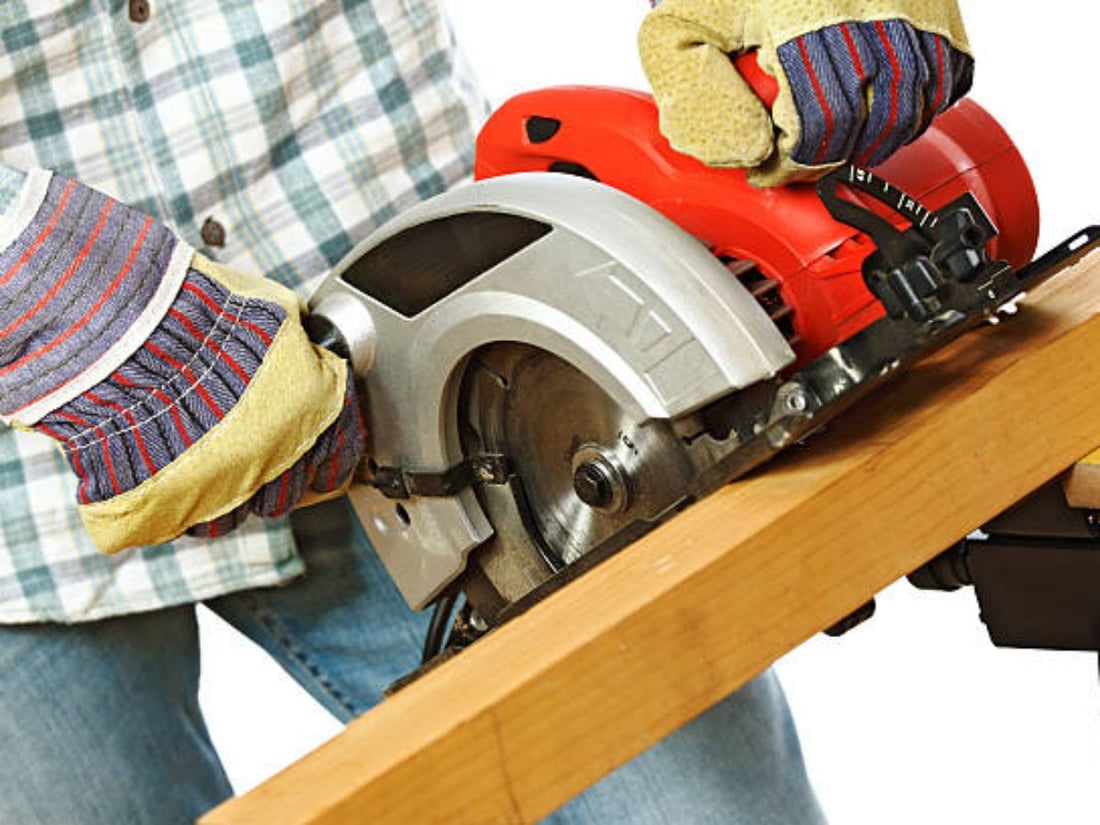Introduction
Reciprocating saws are versatile and powerful tools commonly used in construction, demolition, and woodworking projects. The blades of these saws play a crucial role in determining their cutting performance. However, with so many different types of reciprocating saw blades available in the market, it can be confusing to know if they are interchangeable. In this article, we will explore the question, "are reciprocating saw blades interchangeable?" and provide you with valuable insights.
Understanding Reciprocating Saw Blades
Before we delve into the interchangeability of reciprocating saw blades, let's first understand what they are. Reciprocating saw blades are specifically designed for reciprocating saws, also known as sabre saws or sawzalls. These blades feature a long, straight shape with teeth along one edge, allowing them to cut through a variety of materials, including wood, metal, plastic, and even masonry.
Blade Shank Compatibility
One important factor to consider when determining the interchangeability of reciprocating saw blades is the shank compatibility. The shank refers to the part of the blade that attaches to the saw. There are two common types of shanks: universal shank and tang shank.
Universal Shank Blades
Universal shank blades (also known as U-shank blades) have a curved shape with a small hole near the top. These blades are compatible with most reciprocating saws and can be easily inserted and secured in the saw's blade clamp. If your reciprocating saw has a quick-release blade clamp, it is likely compatible with universal shank blades.
Tang Shank Blades
Tang shank blades have a straight shape with a notch at the top that resembles a tang. These blades are less common and are typically used with older reciprocating saw models. If your saw has a blade clamp that requires a tang-shaped blade, it may not be compatible with universal shank blades.
Blade Length and Width
Aside from shank compatibility, the length and width of the reciprocating saw blades also play a role in their interchangeability. Reciprocating saw blades are available in various lengths, ranging from 3 to 12 inches. It is important to choose a blade that matches the cutting depth required for your specific application.
Material Compatibility
Reciprocating saw blades are designed to cut through different materials, including wood, metal, and plastic. However, not all blades are suitable for cutting all materials. Before using a reciprocating saw blade, it is crucial to check its packaging or labeling to ensure that it is suitable for the material you intend to cut.
Specialty Blades
In addition to the standard reciprocating saw blades, there are also specialty blades available for specific applications. These specialty blades are designed to handle unique cutting tasks, such as pruning trees, removing tiles, or cutting through cast iron. While these specialty blades may not be interchangeable with standard blades, they provide enhanced performance for specific purposes.
Blade Quality and Durability
The quality and durability of reciprocating saw blades can vary significantly between different brands and models. Higher-quality blades are often made from premium materials and feature advanced tooth designs, resulting in improved cutting performance and longer lifespan. When selecting reciprocating saw blades, it is worth investing in high-quality options to ensure optimal performance and durability.
Manufacturer Recommendations
When in doubt about the interchangeability of reciprocating saw blades, it is always best to refer to the manufacturer's recommendations. The manufacturer's instructions and specifications will provide you with accurate information regarding compatible blade types, shank styles, and other important details specific to your reciprocating saw model.
Conclusion
Reciprocating saw blades are not universally interchangeable, as compatibility depends on factors such as shank style, length, width, material, and the specific saw model. It is essential to consider these factors and consult the manufacturer's recommendations when selecting the appropriate blade for your reciprocating saw. By choosing the right blade, you can ensure optimal cutting performance and prolong the lifespan of both your blades and your saw.
If you are interested in our products or services, please feel free to contact us.


